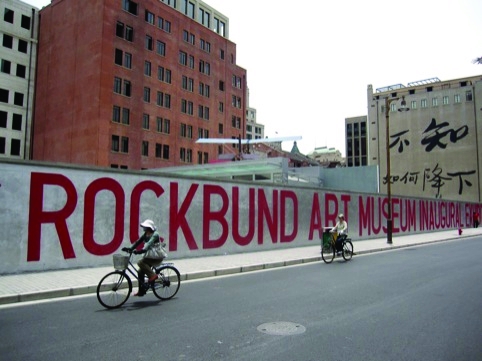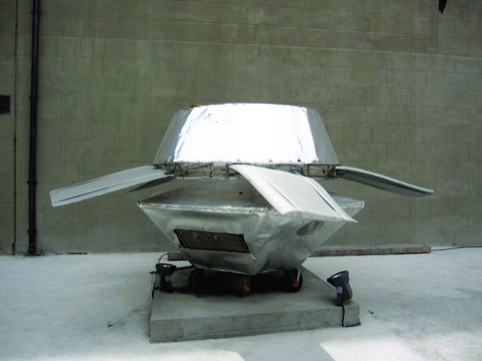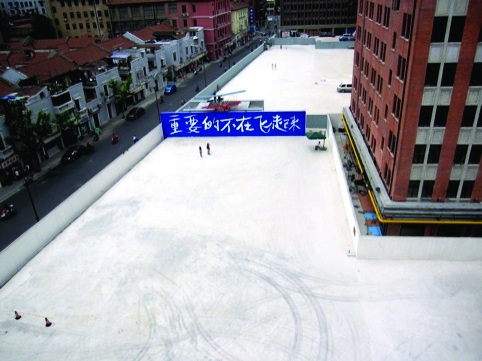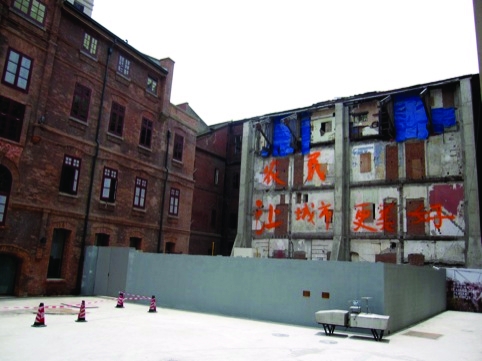On the waterfront
The Bund is Shanghai’s historic waterfront district, home to the city’s international banking community during the first half of the 20th century. In recent years, the Neo-classicist buildings that were the city’s main architectural landmarks have been eclipsed by the dazzling collection of skyscrapers across the Huangpu river that now attract the attention of visiting tourists.

At the northern edge of the area is the Rockbund, a new redevelopment project encompassing six blocks at the confluence of the Huangpu and Suzhou Creek. Plans for the district will see the restoration of 11 existing buildings to become luxury residencies, office spaces, hotels, cultural spaces and the ubiquitous retail outlets.
The first part of the project to be completed is the Rockbund Art Museum, located within the old headquarters of the Royal Asiatic Society. The interior of the Art Deco building has been renovated by architect David Chipperfield’s Shanghai studio and recently opened its inaugural exhibition.

Curated by the New York-based artist Cai Guo-Qiang, Peasant Da Vincis is an absorbing collection of DIY helicopters, flying saucers and submarines from the hinterland of mainland China. Built by enthusiastic (and often uneducated) amateur engineers and inventors, many of the machines are technically incapable of flight, classed as ’cultural readymades’ rather than new design typologies.

Several are exhibited outside in the unfinished museum square, including Du Wenda’s Flying Saucer, presented beneath the slogan ‘Never learnt how to land’, a succinct reminder of the major flaw in the design – a complete absence of research into how his aircraft might descend back down to earth once airborne.

Other slogans painted in the area are overtly political in their message. ‘Peasants – making a better city, better life’ is a candid reflection on the Expo slogan ‘Better city, better life’ that currently dominates Shanghai’s visual landscape. At a time when the social identity of millions of Chinese people is redefined, the exhibition offers a human perspective of the rapid modernisation of the country.
These changes can be typified by the large swathes of downtown Shanghai being reconstructed and rebranded with names such as Wujiang Road Leisure Street to reflect the shopping plazas and chain restaurants that can now be found there. Peasant Da Vincis is a timely reminder of individual Chinese creativity and pioneering spirit in the face of homogenised Western cultural influences.
Pete Collard is a postgraduate curator studying for an MA in Curating Contemporary Design, at Kingston University in partnership with the Design Museum
-
Post a comment




